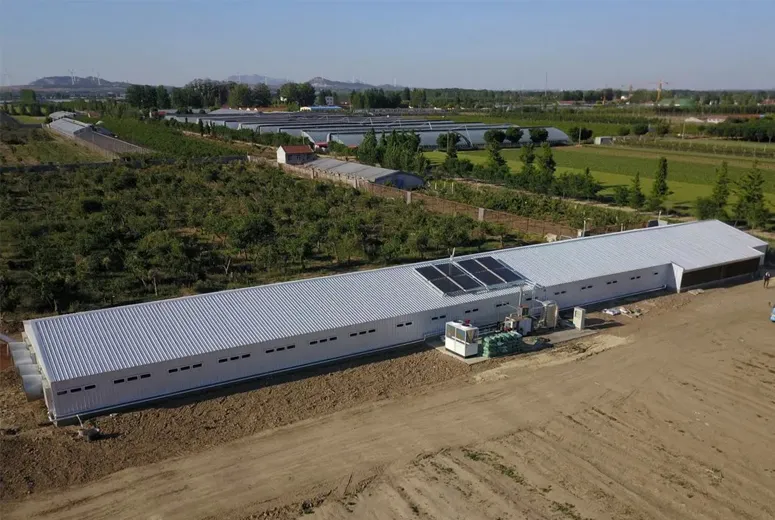- Afrikaans
- Albanian
- Amharic
- Arabic
- Armenian
- Azerbaijani
- Basque
- Belarusian
- Bengali
- Bosnian
- Bulgarian
- Catalan
- Cebuano
- Corsican
- Croatian
- Czech
- Danish
- Dutch
- English
- Esperanto
- Estonian
- Finnish
- French
- Frisian
- Galician
- Georgian
- German
- Greek
- Gujarati
- Haitian Creole
- hausa
- hawaiian
- Hebrew
- Hindi
- Miao
- Hungarian
- Icelandic
- igbo
- Indonesian
- irish
- Italian
- Japanese
- Javanese
- Kannada
- kazakh
- Khmer
- Rwandese
- Korean
- Kurdish
- Kyrgyz
- Lao
- Latin
- Latvian
- Lithuanian
- Luxembourgish
- Macedonian
- Malgashi
- Malay
- Malayalam
- Maltese
- Maori
- Marathi
- Mongolian
- Myanmar
- Nepali
- Norwegian
- Norwegian
- Occitan
- Pashto
- Persian
- Polish
- Portuguese
- Punjabi
- Romanian
- Russian
- Samoan
- Scottish Gaelic
- Serbian
- Sesotho
- Shona
- Sindhi
- Sinhala
- Slovak
- Slovenian
- Somali
- Spanish
- Sundanese
- Swahili
- Swedish
- Tagalog
- Tajik
- Tamil
- Tatar
- Telugu
- Thai
- Turkish
- Turkmen
- Ukrainian
- Urdu
- Uighur
- Uzbek
- Vietnamese
- Welsh
- Bantu
- Yiddish
- Yoruba
- Zulu
Nov . 23, 2024 04:41 Back to list
Understanding Agricultural Building Costs
The agricultural sector plays a vital role in the global economy, and the construction of agricultural buildings is essential for enhancing productivity and efficiency on farms. Whether it's a barn, greenhouse, or storage facility, understanding the costs associated with agricultural buildings is crucial for farmers and investors alike. This article delves into the various factors that contribute to agricultural building costs, helping stakeholders make informed decisions.
Types of Agricultural Buildings
Agricultural buildings can be classified into several types, each serving distinct purposes. Common types include
1. Barns Used for housing livestock, storage of equipment, and grain storage. They are fundamental for managing farm operations. 2. Greenhouses Essential for growing plants in a controlled environment, allowing for year-round cultivation. 3. Storage Facilities These include silos and warehouses used for storing crops, machinery, and other farm supplies. 4. Livestock Facilities Specific structures designed for raising different types of livestock, ensuring their well-being and productivity.
Factors Influencing Costs
The costs of constructing agricultural buildings can vary significantly based on several factors
1. Design and Size The complexity of the design and overall size of the building greatly impact costs. A larger, more intricate structure will necessarily require more materials and labor. 2. Location The geographical location can affect costs due to differences in local building regulations, labor availability, and material prices. In remote areas, shipping costs for materials can escalate.
agricultural building costs

3. Materials Used The choice of materials—whether wood, steel, or concrete—will influence expenses substantially. Sustainable materials may have a higher upfront cost but save on energy in the long run.
4. Labor Costs Labor expenses vary by region. Areas with a shortage of skilled labor may incur higher wages, which can drive up overall costs.
5. Building Codes and Permits Compliance with local building regulations and obtaining permits can lead to additional expenses. It's vital to consider these factors in the initial budgeting phase.
6. Utilities and Infrastructure Installing utilities such as electricity, water, and drainage systems can add considerable costs. Planning for these necessities early on is advisable.
Cost Estimates
While the costs for building agricultural structures can vary widely, general estimates provide a helpful reference. On average, the cost to build a barn can range from $30 to $150 per square foot, depending on the factors mentioned above. Greenhouses typically cost between $10 and $25 per square foot, while more specialized livestock housing may go up to $200 per square foot for highly efficient designs. It is crucial for farmers to assess their needs and budget accordingly before embarking on a construction project.
Conclusion
In conclusion, understanding the costs associated with agricultural buildings is imperative for farmers seeking to optimize their operations. By taking into account the various influencing factors such as design, materials, location, and labor, stakeholders can make informed financial decisions that align with their operational goals. As agricultural methods evolve and the demand for productivity increases, investing in suitable infrastructure will be a key component of success in modern agriculture. By carefully planning and budgeting for agricultural building projects, farmers can enhance their efficiency and sustainability, ensuring the growth of their operations in the long term.
-
How Do Prefabricated Steel Structures Transform Modern Construction?
NewsJul.14,2025
-
How Do Prefabricated Metal Buildings Redefine Modern Construction?
NewsJul.14,2025
-
How Do Prefab Insulated Metal Buildings and Steel Structures Revolutionize Modern Construction?
NewsJul.14,2025
-
How Do Pre - Engineered Steel Structures Redefine Modern Construction?
NewsJul.14,2025
-
Advancing Modular Construction with Prefabricated Metal Structures
NewsJul.14,2025
-
Advancing Industrial Infrastructure with Prefabricated Steel Solutions
NewsJul.14,2025
Products categories
Our Latest News
We have a professional design team and an excellent production and construction team.












